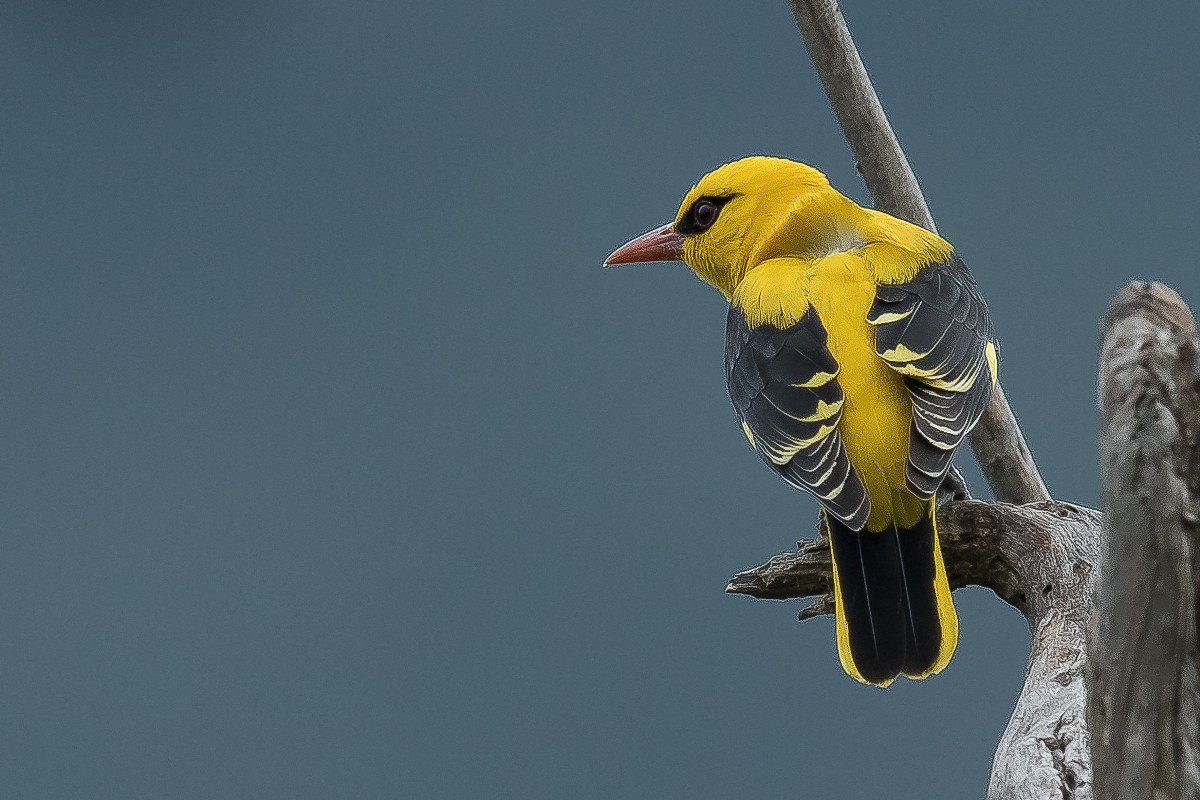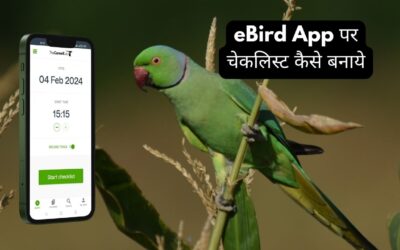Recent changes in taxonomy have made life a bit more complicated for us birders in India (and elsewhere), and some familiar species suddenly have new names! Here is a list of name changes for some common species. In making this list, we assume that you have set your eBird preferences to display both Common and Scientific Names, with common names set to ‘English (India)’.
Note this is not a full listing of possible name confusions — we will keep adding to it as time permits! For those interested in investigating further, here is a detailed description of the eBird taxonomy.
| Old name | New name | Why? |
| Eurasian Thick-knee Burhinus oedicnemus |
|
Older species split; now only indicus occurs in India |
| Plaintive Cuckoo Cacomantis passerinus |
|
split into passerinus (most of India) and merulinus (NE India) |
| Greater Coucal Centropus sinensis |
|
split into sinensis (N, NE India) and parroti (Peninsular India). |
| House Swift Apus affinis |
|
split into affinis (most of India) and nipalensis (Himalayas and NE India) |
| Eurasian Golden Oriole Oriolus oriolus |
|
split into oriolus and kundoo; only kundoo occurs in India |
| White-throated Fantail Rhipidura albicollis |
|
split into albogularis (C and S India) and albicollis (N, E and NE India) |
| Great Tit Parus major |
|
split into several taxa; only cinereus occurs in India |
| Black-lored Tit Parus xanthogenys |
|
split into xanthogenys (Himalayas) and aplonotus (Peninsular and S India) |
| Chestnut-bellied Nuthatch Sitta castanea |
|
split into castanea (Peninsular India) and cinnamoventris (Himalayas and NE India) |
| Eurasian Treecreeper Certhia familiaris |
|
split; only hodgsoni occurs in India |
| Black Bulbul Hypsipetes leucocephalus |
|
split into leucocephalus (Himalayas and NE India) and ganeesa (Western Ghats) |
| Common Stonechat Saxicola torquata |
|
torquatus split into many taxa; only maurus occurs in India |
| Brown Rock Chat Cercomela fusca |
|
renamed, scientific name unchanged |
| Common Hill Myna Gracula religiosa |
|
split into religiosa (C, NE India) and indica (Western Ghats) |
| Chestnut-tailed Starling Sturnus malabaricus |
|
split into malabarica (most of India) and blythii (Western Ghats) |
| Plain Flowerpecker Dicaeum concolor |
|
split into concolor (Western Ghats), minullum (NE India) and virescens (Andaman) |
| Black-headed Munia Lonchura malacca |
|
split into malacca (S, C and W India) and atricapilla (N, E and NE India) |
For those who have managed to get this far, a note on Rock Pigeons (or, for those used to older names: Blue Rock Pigeons). Most of the Rock Pigeons we see are either derived from domestic pigeon stock or are hybrids between wild and domestic pigeons. In eBird, these should be reported as “Feral Pigeons”. True “wild-type” Rock Pigeons are probably quite rare, so please be cautious when reporting these on eBird. More on Feral versus Wild-type pigeons in eBird can be found here.
Header Image: Indian Golden Oriole Oriolus kundoo © Rajinikanth Kasthuri/ Macaulay Libary




